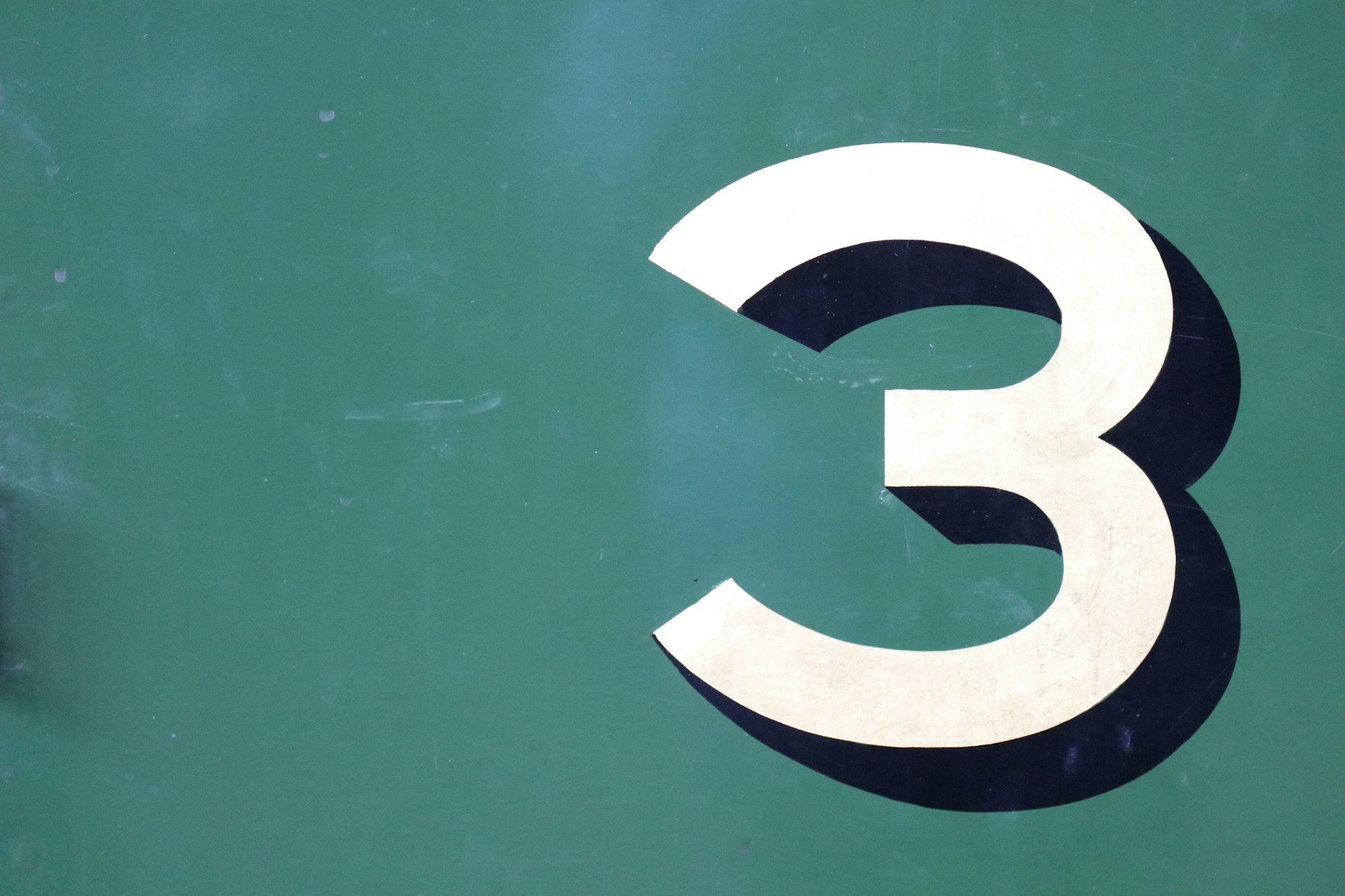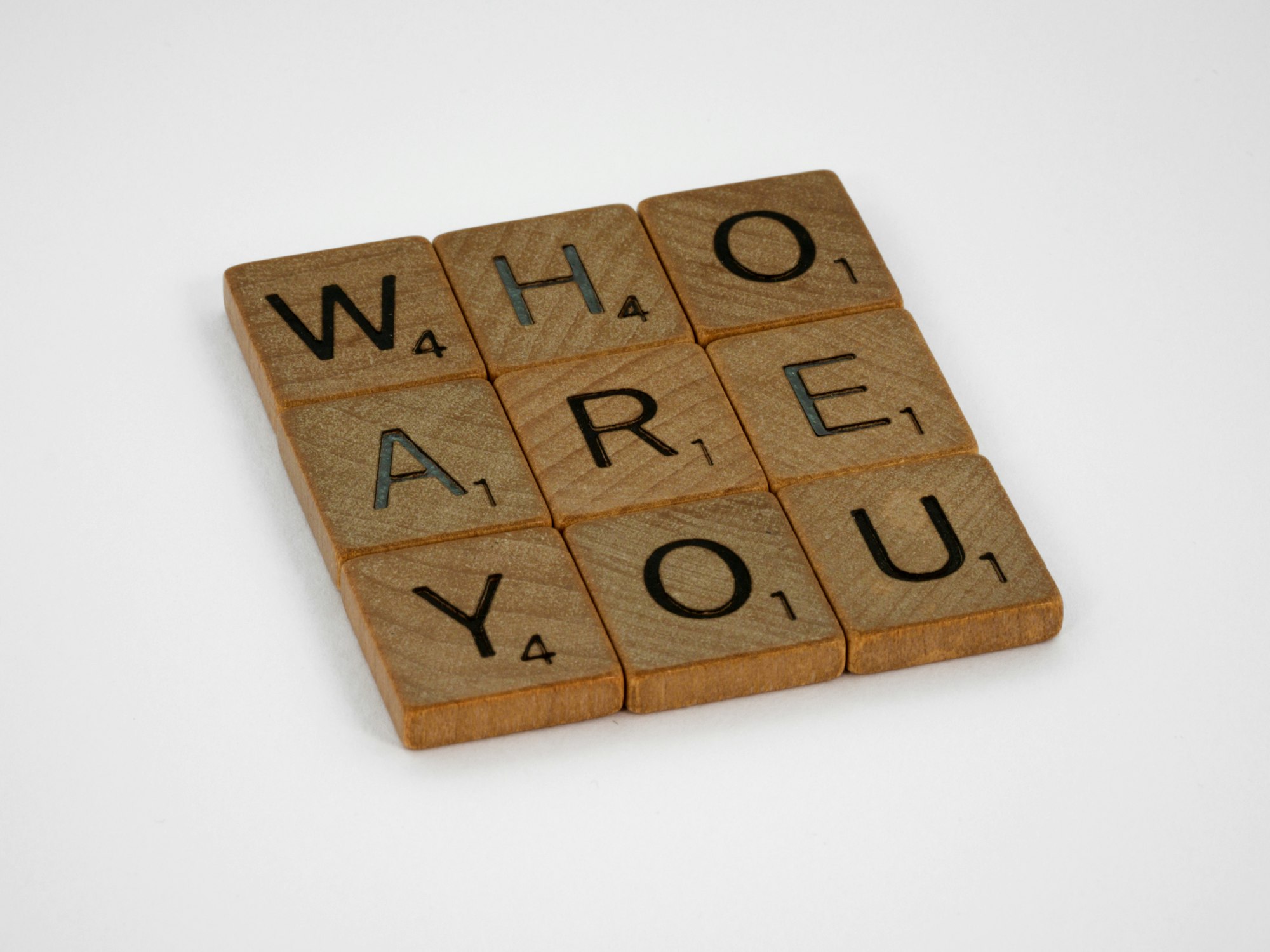How the advent of Web3 gave the world a decentralized avenue
Web3 gave us a venue to envision a future in which we—rather than tech goliaths—built, ran, and controlled the internet.

We can monetize our social media profiles and data, content creators can get paid in cryptocurrency each time someone visits their work, and drivers may now own ride-sharing services. With all of this autonomy, how? Web3 (1).
For its open, permissionless blockchain network-based decentralized internet, Web3 makes this claim. Today's internet is controlled centrally by digital goliaths, and the data that travels over it is stored on those servers and by a select few businesses.
However, in Web3, networks that operate on computers store and transmit data without the need for a central controller, server, or owner—rather, users are the ones in charge of their data and networks.
There is now a platform where the content and data can be managed by democratic groups and servers of developers, producers, and consumers for online services like e-commerce, social media, and even gaming with Web3.

Here are four use cases in the modern world that are already gaining steam:
- Decentralized Finance (DeFi) (2), a network of smart contracts that enables participants to provide access to financial services in a peer-to-peer setting without relying on traditional intermediaries like banks, is also commonly used by platforms that offer decentralized services and goods.
- Non-fungible tokens (NFTs) (3) are digital assets such as songs, photos, or even GIFs that are verified using blockchain technology and assist in determining ownership rights and legitimacy, as well as ownership records.
- Web3 domains (4) (also known as NFT domains) are an improved form of NFTs that employs the same technology as NFTs but allow users to connect and replace crypto wallet addresses, host decentralized websites, and even integrate decentralized collectibles with Web3 domain names.
- Decentralized gaming (GameFi) is token-based gaming with a virtual economy that runs on blockchain technology. The majority of decentralized games incorporate NFTs, cryptocurrencies, and Web3 domains.
Although not everyone has yet come around to the idea of a decentralized web3 based on blockchain technology, as recently as the creator of the web revealed its not-so-convinced assertions and introduced a platform starting as web3, which is not based on blockchain but has some similar properties, it still has time for release and us to come around to the idea (5).
But we are familiar with blockchain technology and are aware of how compelling it is when used to power something.

To get a better preview, let's break down the elements of Web3 in a table of contents!
What is Web3?
- Web3 is also referred to as the user's web or developer's web for its decentralized nature and autonomous solutions.
- DeFi is powering financial services and products in Web3, eliminating centralized banks and servers.
- NFTs serves as the digital property preserving rights of any content, be it an image, video, GIF, or work of art or music.
- Web3 domains (6) serve as the prime source of integrations within various platforms, as they are also the decentralized identity for Web3 users owing to their decentralized features of connecting with crypto wallets and hosting decentralized Web3 websites.
How does Web3 work?
- DAOs govern Web3 dApps and communities, not centralized servers.
- Decentralized networks flow the data and store it, giving control to the user and developer.
- dApps eliminate the requirement for third-party intervention.
- Through interoperability with numerous applications, decentralized identifiers (DIDs) verify users on Web3 and integrate all of the user's information.
How is Web3 impacting the future?
- The metaverse and integration of VR, AR, XR, and other modernized applications
- Digital content ownership is now in the hands of creators.
- Dispute resolution is now in the hands of the user instead of pleading with centralized servers.
- Users now own social media data instead of tech goliaths.
What are the challenges in Web3?
- The majority of people do not yet understand Web3 as blockchain technology, and even those who work in the tech industry perceive Web3 as foreign.
- DAOs can be exploited and might fall under central power.
- Implementation of decentralization may become unstable because some proponents contend that complete decentralization is not feasible.
- Impediments still exist for cryptocurrencies.
Another challenge for Web3 is determining how to authenticate and track user identity, which is where decentralized identifiers and identities play a role.

A DID (7) is a series of numbers and characters that underlies applications like your digital wallet or cryptocurrency wallet. These wallets store validated credentials and other content that a user publishes on the blockchain. The user's identity wallet is what gives the owner access to several programs.
DIDs are compatible with several Web3 platforms and can be used to prove ownership of NFTs, social media accounts, and various blockchain assets.
They are also helpful in professional settings where a developer can present their verified academic credentials as well as evidence of their involvement in specific open-source projects or the creation of digital assets.
However, given that alphanumeric characters are used to introduce you on the Web3, it may simply not be "human."
On Web3 and its dApps, it appears as akwiroqwie8fsohie3h249824fawjf; as previously said, Web3 domains can replace it.
With a Web3 domain name like sandstone.WEB3 (8), you can quickly replace the name of your alphanumeric cryptocurrency wallet and have a personalized, human-readable Web3 domain name for your "decentralized identity" (9).

Web3 has developed multiple avenues of discovery and, more crucially, autonomous exploration for the user, allowing developers and users to unleash their creativity and explore without fear of repercussions.
Now is the time for your Web3 avenue, and Web3 domains are your easy solution. Customize your Web3 domain as well as your decentralized game!